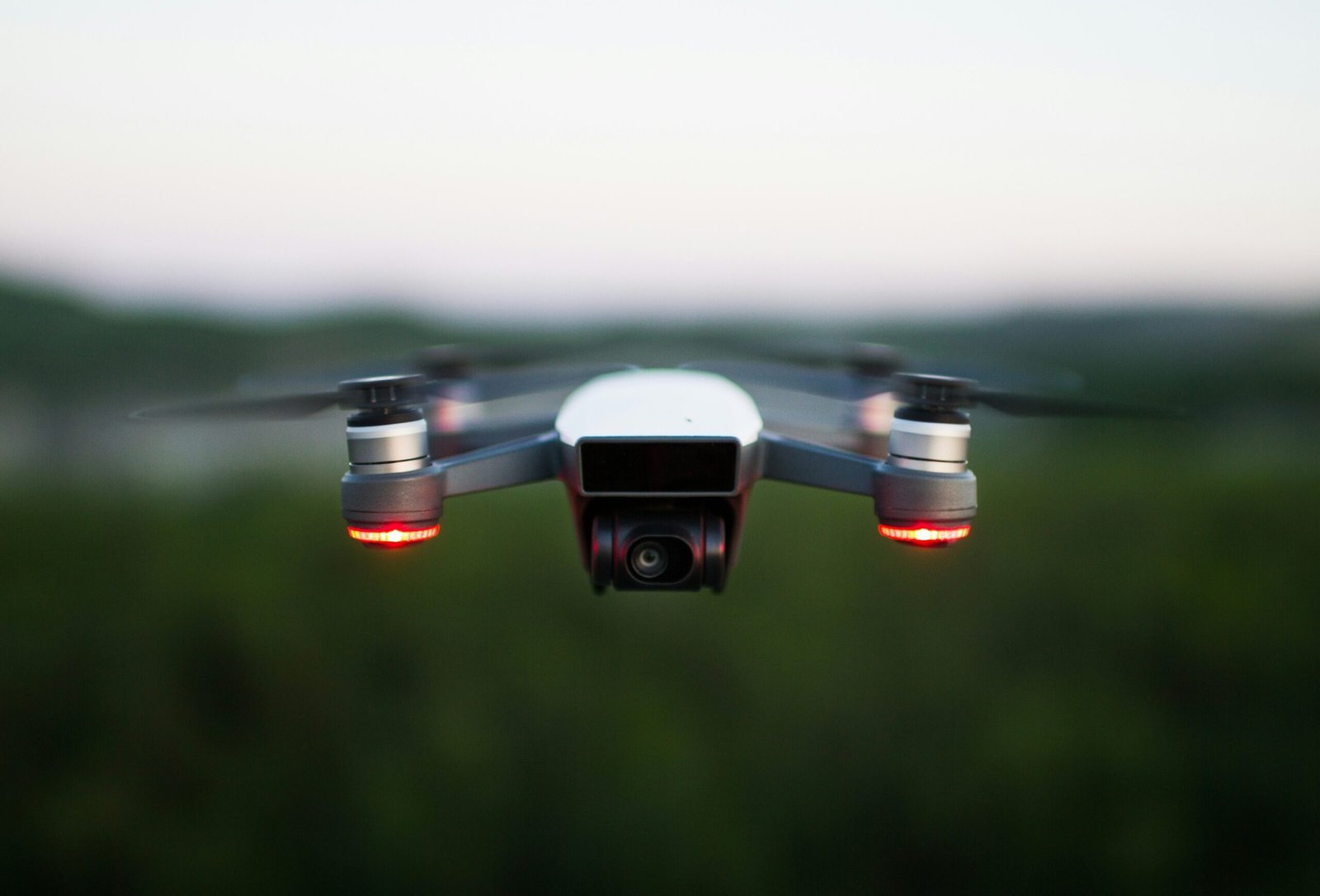
The Role of Technology in Veterinary Medicine
In today’s modern world, technology has become an integral part of almost every industry, and veterinary medicine is no exception. Veterinarians rely on various types of technology to provide the best possible care for animals. These technological advancements have revolutionized the field of veterinary medicine, allowing veterinarians to diagnose and treat animals more effectively and efficiently. In this article, we will explore some of the key types of technology that veterinarians use.
1. Diagnostic Imaging
Diagnostic imaging plays a crucial role in veterinary medicine, enabling veterinarians to visualize the internal structures of animals and diagnose various conditions. Here are some of the common types of diagnostic imaging technology used by veterinarians:
Radiography
Radiography, also known as X-ray imaging, is one of the most widely used diagnostic tools in veterinary medicine. It allows veterinarians to capture images of the bones, organs, and other internal structures of animals. X-rays can help diagnose fractures, tumors, foreign bodies, and other abnormalities.
Ultrasound
Ultrasound technology uses sound waves to create real-time images of the internal organs and tissues. It is commonly used in veterinary medicine for pregnancy diagnosis, evaluating heart conditions, and examining abdominal organs. Ultrasound is non-invasive and does not involve radiation, making it a safe imaging option.
Computed Tomography (CT)
CT scans use a series of X-ray images taken from different angles to create detailed cross-sectional images of the body. CT scans provide veterinarians with more detailed information about the internal structures of animals, helping them diagnose and plan treatments for conditions such as tumors, spinal injuries, and complex fractures.
Magnetic Resonance Imaging (MRI)
MRI uses powerful magnets and radio waves to generate detailed images of the body’s structures. It is particularly useful for imaging soft tissues, such as the brain, spinal cord, and joints. MRI provides veterinarians with valuable information for diagnosing neurological disorders, joint injuries, and other complex conditions.
2. Laboratory Technology
Laboratory technology plays a vital role in veterinary medicine, allowing veterinarians to analyze samples and obtain important diagnostic information. Here are some of the key laboratory technologies used by veterinarians:
Blood Analyzers
Blood analyzers are used to perform a wide range of blood tests, including complete blood counts, blood chemistry profiles, and coagulation tests. These tests provide veterinarians with valuable information about an animal’s overall health, organ function, and blood clotting ability.
Microscopes
Microscopes are essential tools in veterinary laboratories. They allow veterinarians to examine cells, microorganisms, and other microscopic structures. Microscopic examination helps diagnose various conditions, such as skin infections, parasites, and certain types of cancer.
Urinalysis Equipment
Urinalysis equipment is used to analyze urine samples. It helps veterinarians evaluate kidney function, detect urinary tract infections, and identify other urinary system abnormalities. Urinalysis can provide important insights into an animal’s overall health and help guide treatment plans.
Microbiology Culture Systems
Microbiology culture systems are used to grow and identify bacteria, viruses, and fungi. They play a crucial role in diagnosing infectious diseases and determining the most appropriate treatment options. By identifying the specific microorganism causing an infection, veterinarians can prescribe targeted antibiotics or antifungal medications.
3. Surgical Technology
Surgical technology has advanced significantly in veterinary medicine, allowing veterinarians to perform complex procedures with greater precision and safety. Here are some of the key surgical technologies used by veterinarians:
Laser Surgery
Laser surgery uses a focused beam of light to cut, vaporize, or coagulate tissue. It offers several advantages over traditional surgical techniques, including reduced bleeding, less pain, and faster recovery. Laser surgery is commonly used in various procedures, such as tumor removal, spaying/neutering, and correction of certain eye conditions.
Endoscopy
Endoscopy involves inserting a long, flexible tube with a camera and light source into the body to visualize internal structures. It is used for minimally invasive procedures, such as gastrointestinal examinations, foreign body removal, and biopsies. Endoscopic procedures result in smaller incisions, less pain, and faster recovery for the animals.
Electrocautery
Electrocautery is a surgical technique that uses heat to cut or coagulate tissue. It helps control bleeding during surgery and allows veterinarians to perform precise and delicate procedures. Electrocautery is commonly used in various surgeries, including tumor removal, wound closure, and certain eye surgeries.
Orthopedic Implants
Orthopedic implants, such as plates, screws, and pins, are used to stabilize fractures and facilitate the healing process. These implants are made from biocompatible materials and are designed to provide support and stability to the affected bones or joints. Orthopedic implants have greatly improved the outcomes of orthopedic surgeries in animals.
Conclusion
Technology plays a crucial role in veterinary medicine, enhancing the ability of veterinarians to diagnose and treat animals effectively. From diagnostic imaging to laboratory technology and surgical advancements, the use of technology has revolutionized the field of veterinary medicine. These technological tools not only improve the accuracy of diagnoses but also contribute to the overall well-being and quality of life of animals. As technology continues to advance, veterinarians will have access to even more innovative tools and techniques to provide the best possible care for their patients.



